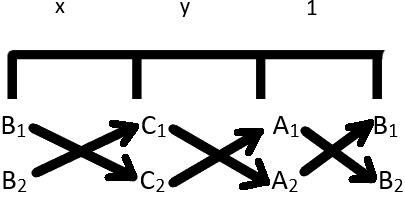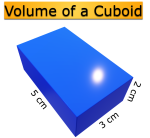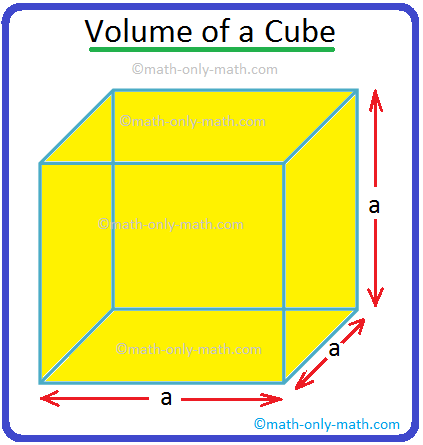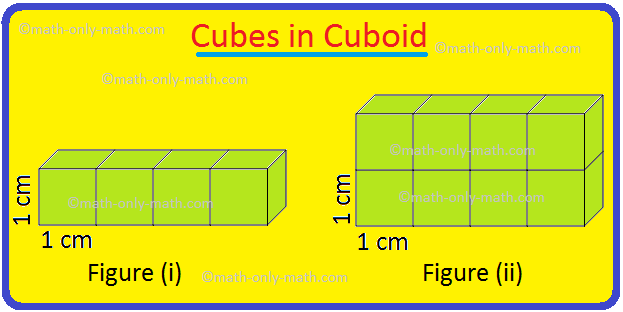Subscribe to our ▶️ YouTube channel 🔴 for the latest videos, updates, and tips.
Home | About Us | Contact Us | Privacy | Math Blog
Methods of Solving Simultaneous Linear Equations
There are different methods for solving simultaneous linear Equations:
I. Elimination of a variable
II. Substitution
III. Cross-multiplication
IV. Evaluation of proportional value of variables
This topic is purely based upon numerical examples. So, let us solve some examples based upon solving linear equations in two variables.
I: Solved example on simultaneous linear Equations using elimination method:
Solve for ‘x’ and ‘y’:
3x + 2y = 18.
4x + 5y = 25.
Solution:
3x + 2y = 18 ............. (i)
4x + 5y = 25 ............. (ii)
Let us multiply equation (i) by 4 on both sides and equation (ii) by 3 on both sides, so as to make coefficients of ‘x’ equal.
On multiplying, we get;
4(3x + 2y) = 4 ∙ 18
or, 12x + 8y = 72 ............. (iii)
and
3(4x + 5y) = 3 ∙ 25
or, 12x + 15y = 75 ............. (iv)
Subtracting (iii) from (iv), we get;
12x + 15y - (12x + 8y) = 75 - 72
or, 12x + 15y - 12x - 8y = 3
or, 7y = 3
or, y = 37.
Substituting value of ‘y’ in equation (i), we get;
3x + 2(37) = 18.
or, 3x + 67 = 18
or, 3x = 18 – 67
or, 3x = 1207.
or, x = 12021.
or, x = 407.
Hence, x = 407 and y = 37.
II: Solved examples on simultaneous linear Equations using substitution method:
1. Solve for ‘x’ and ‘y’:
x + 3y = 9
3x + 4y = 20
Solution:
x + 3y = 9 ............. (i)
3x + 4y = 20 ............. (ii)
Taking first equation in reference, i.e,
x + 3y = 9
x = 9 - 3y ............. (iii)
Substituting this value of ‘x’ from previous equation in 2nd equation, we get;
3x + 4y = 20.
or, 3(9 - 3y) + 4y = 20
or, 27 - 9y + 4y = 20
or, -5y = 20 - 27
or, -5y = -7
or, 5y = 7
or, y = 75
Substituting this value of y into equation of x in (iii), we get;
x = 9 - 3y
or, x = 9 - 375
or, x = 9 – 215
or, x = 2475.
Hence, x = 2475 and y = 75.
2. Solve for ‘x’ and ‘y’;
x + y = 5
4x + y = 10
Solution:
x + y = 5 ............. (i)
4x + y = 10 ............. (ii)
From equation (i), we get value of y as:
y = 5 - x
substituting this value of y in equation (ii), weget
4x + (5 - x) = 10
or, 4x + 5 - x = 10
or, 3x = 10 - 5
or, 3x = 5
x = 53.
Substituting this value of x as 53 in equation y = 5 - x , we get;
y = 5 - 53
or, y = 103.
Hence, x = 53 and y = 103.
III. Solved example on simultaneous linear Equations using Cross-multiplication method:
Solve for ‘x’ and ‘y’;
3x + 5y - 25 = 0.
5x + 3y – 35 = 0.
Solution:
Assume two linear equations be
A1 x + B1y + C1 = 0, and
A2x + B2y + C2 = 0.
The coefficients of x are: A1 and A2.
The coefficients of y are: B1 and B2.
The constant terms are: C1 and C2.
To solve the equations in a simplified way, we use following table:
xB1C2−B2C1=yC1A2−C2A1=1A1B2−A2B1
In the given equations,
The coefficients of x are 3 and 5.
The coefficients of y are 5 and 3.
The constant terms are -25 and -35.
On substituting the respective values, we get
x5×(−35)−3×(−25)=y(−25)×5−(−35)×3=13×3−5×5.
or, x−175+75=y−125+105=19−25.
or, x−100=y−20=1−16.
On equating x term with constant term, we get;
x = 254.
On equating y term with constant term, we get;
y = 54.
IV: Solved example on simultaneous linear Equations using evaluation method:
Solve for x and y:
2x + 3y = 4; 3x - 5y = -2
Solution:
The given equations are
2x + 3y = 4 .......... (1)
3x - 5y = -2.......... (2)
Multiplying equation (2) by 2, we get
6x - 10y = -4.......... (3)
Now we add equations (1) and (3) we get
8x - 7y = 0
or, 8x = 7y
or, x7 = y8 (= k)
Substituting x = 7k and y = 8k in equation (1) we get
2 ∙ 7k + 3 ∙ 8k = 4
or, 14k + 24k = 4
or, 38k = 4
or, K = 438
or, k = 219
Therefore, x = 7 ∙ 219 and y = 8 ∙ 219
Thus, x = 1419 and y = 1619
From Methods of Solving Simultaneous Linear Equations to HOME PAGE
Didn't find what you were looking for? Or want to know more information about Math Only Math. Use this Google Search to find what you need.
Recent Articles
-
Worksheet on Area, Perimeter and Volume | Square, Rectangle, Cube,Cubo
Jul 25, 25 12:21 PM
In this worksheet on area perimeter and volume you will get different types of questions on find the perimeter of a rectangle, find the perimeter of a square, find the area of a rectangle, find the ar… -
Worksheet on Volume of a Cube and Cuboid |The Volume of a RectangleBox
Jul 25, 25 03:15 AM
We will practice the questions given in the worksheet on volume of a cube and cuboid. We know the volume of an object is the amount of space occupied by the object.1. Fill in the blanks: -
Volume of a Cuboid | Volume of Cuboid Formula | How to Find the Volume
Jul 24, 25 03:46 PM
Cuboid is a solid box whose every surface is a rectangle of same area or different areas. A cuboid will have a length, breadth and height. Hence we can conclude that volume is 3 dimensional. To measur… -
Volume of a Cube | How to Calculate the Volume of a Cube? | Examples
Jul 23, 25 11:37 AM
A cube is a solid box whose every surface is a square of same area. Take an empty box with open top in the shape of a cube whose each edge is 2 cm. Now fit cubes of edges 1 cm in it. From the figure i… -
5th Grade Volume | Units of Volume | Measurement of Volume|Cubic Units
Jul 20, 25 10:22 AM
Volume is the amount of space enclosed by an object or shape, how much 3-dimensional space (length, height, and width) it occupies. A flat shape like triangle, square and rectangle occupies surface on…






New! Comments
Have your say about what you just read! Leave me a comment in the box below. Ask a Question or Answer a Question.